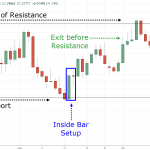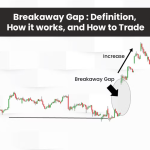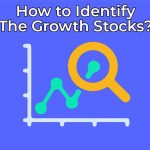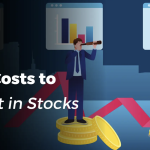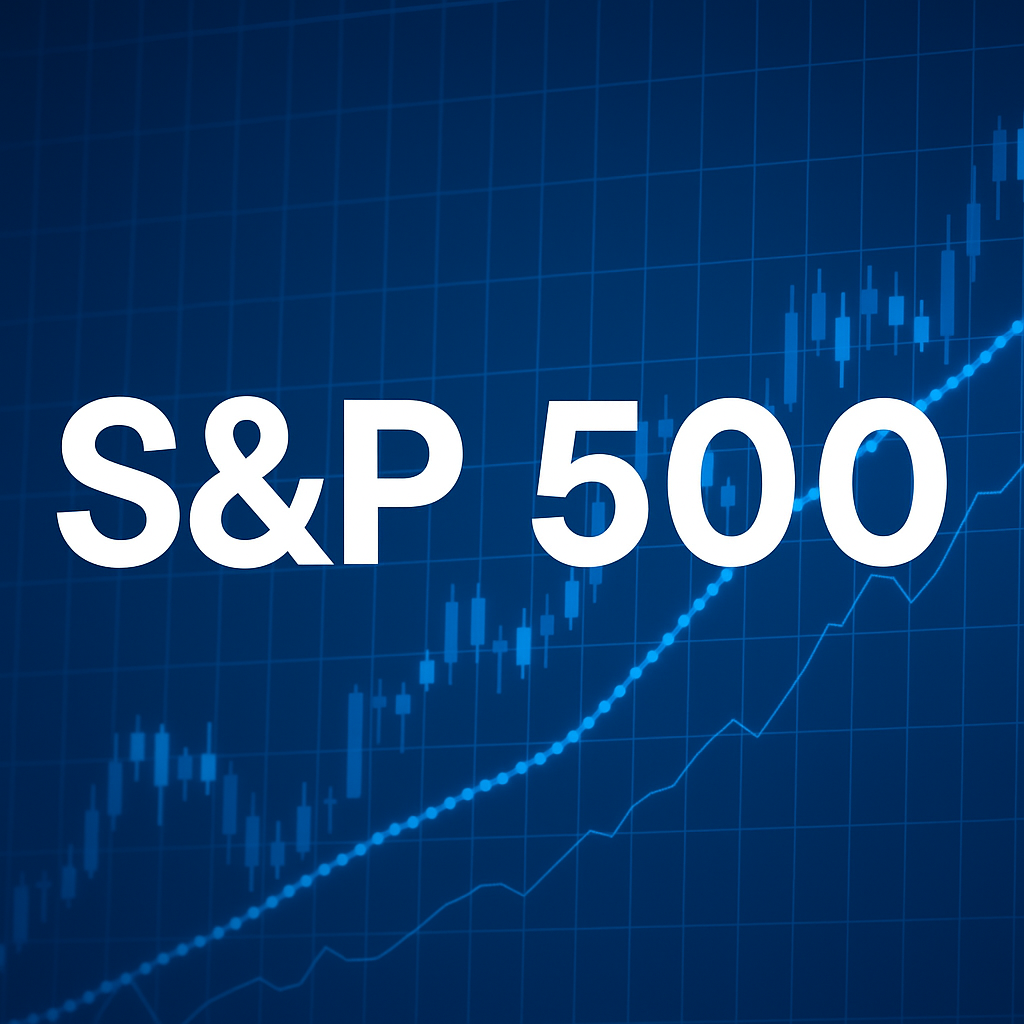
S&P 500 Index
The S&P 500 Index (Standard & Poor’s 500) is one of the most widely followed stock market indices in the world, representing the performance of 500 of the largest publicly traded companies in the United States. Established in 1957, the S&P 500 is considered a leading indicator of U.S. stock market performance and the overall health of the U.S. economy. Unlike the Dow Jones Industrial Average (DJIA), which includes 30 companies and is price-weighted, the S&P 500 is market-capitalization-weighted, meaning that companies with larger market values (stock price multiplied by the number of shares outstanding) have a greater impact on the index’s movements. Know the differences between SPX and SPY.
Composition of the S&P 500
The S&P 500 includes companies from a broad range of sectors, including technology, healthcare, financials, consumer discretionary, and industrials. Its wide representation of sectors and companies provides a comprehensive snapshot of the U.S. economy, making it one of the most reliable gauges for investors and analysts.
Here are some of the key sectors and their percentage representation in the S&P 500:
- Information Technology: Approximately 28%
- Healthcare: Approximately 13%
- Financials: Approximately 11%
- Consumer Discretionary: Approximately 11%
- Industrials: Approximately 8%
- Energy, Utilities, and Others: Remaining percentages distributed among smaller sectors.
Why the S&P 500 is Important
The S&P 500 is often considered the “gold standard” of stock indices because it covers a large portion of the total U.S. stock market’s value. Unlike more concentrated indices, such as the DJIA, the S&P 500 provides a more diversified look at corporate America. This diversification reduces the risk associated with individual companies or sectors, making it a useful tool for investors looking for broad market exposure.
One of the key reasons the S&P 500 is so widely tracked is its use as a benchmark. Many mutual funds, hedge funds, and ETFs (exchange-traded funds) use the performance of the S&P 500 as a comparison point for their returns. If a fund claims to be performing well, it is usually compared against the S&P 500 to demonstrate whether it is outperforming or underperforming the market.
Investment Strategies Tied to the S&P 500
There are several investment strategies that investors can employ using the S&P 500:
- Index Investing: Many investors choose to invest in index funds or ETFs that track the S&P 500, such as the Vanguard S&P 500 ETF (VOO) or the SPDR S&P 500 ETF (SPY). These funds aim to replicate the performance of the index by holding all or most of the companies in the S&P 500. Index investing is a passive strategy, as it focuses on matching the market’s performance rather than trying to outperform it.
- Dollar-Cost Averaging: Given the long-term growth potential of the S&P 500, many investors use a strategy called dollar-cost averaging. This involves consistently investing a set amount of money into an S&P 500 index fund at regular intervals, regardless of the market’s ups and downs. Over time, this strategy can help reduce the impact of market volatility and allow investors to benefit from compound growth.
- Sector Rotation: Some investors focus on rotating their investments between different sectors of the S&P 500 depending on economic conditions. For instance, during a period of economic growth, sectors like technology and consumer discretionary may perform well, while during a downturn, more defensive sectors like utilities and healthcare may provide stability.
Performance and Historical Significance
The S&P 500 has delivered strong long-term returns, with an average annual return of around 10% historically. However, it is important to note that these returns are not guaranteed year-to-year, as the index is subject to market volatility. Major events such as financial crises, recessions, or global pandemics can cause significant fluctuations in the index. Still, over extended periods, the S&P 500 has proven to be a robust tool for building wealth.
The S&P 500 as an Economic Indicator
Because it includes companies from virtually every sector of the U.S. economy, the S&P 500 is also a widely used economic indicator. Analysts, economists, and policymakers often examine the index’s performance to gauge the overall direction of the economy. A rising S&P 500 generally signals investor optimism and economic growth, while a declining S&P 500 can suggest economic troubles or uncertainty.
Conclusion
The S&P 500 Index is a cornerstone of global finance, representing the performance of the U.S. stock market and a broad range of industries. Its wide reach and market-cap-weighted approach make it a preferred benchmark for investors looking to track market performance or invest in a diversified portfolio. Whether through passive index investing, sector rotation, or active trading, the S&P 500 offers numerous opportunities for investors to participate in the growth of some of the most successful companies in the U.S. economy.



